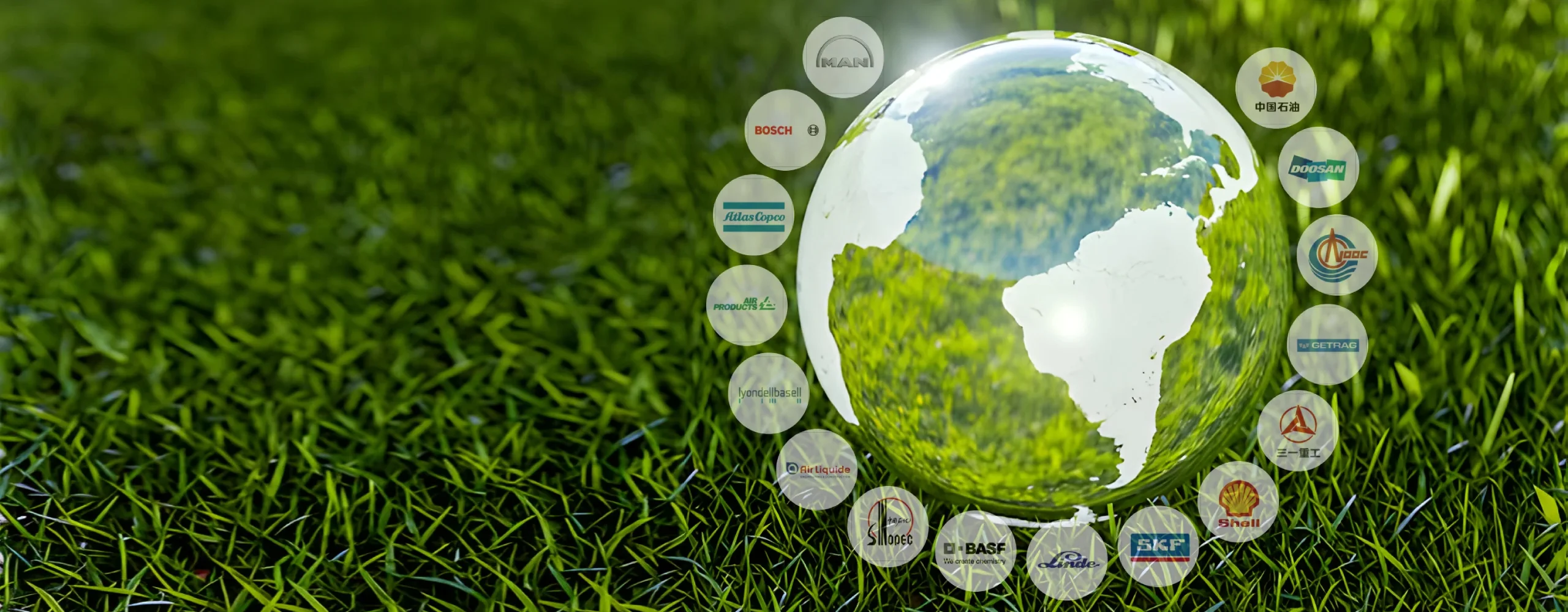Wastewater treatment is a crucial part of environmental protection projects, especially in industrial production, where the characteristics and treatment difficulties of various types of wastewater vary greatly. This article will introduce in detail the entire process of wastewater treatment in six major industries, including fine chemicals, coal chemicals, petrochemicals, surface treatment, hazardous waste, mechanical processing and other industries, to help readers fully understand the wastewater disposal process of various industries.
1. Fine chemical industry wastewater
Features: Fine chemical industry wastewater usually contains a variety of organic compounds, heavy metals and high concentrations of chemicals, which are difficult to treat.
Treatment process:
Pretreatment: Including physical methods such as precipitation and filtration to remove large suspended particles in wastewater.
Chemical treatment: Use chemical agents for reaction neutralization or precipitation to remove dissolved organic matter and heavy metals.
Biological treatment: Remove organic matter from wastewater through activated sludge method or biological filter.
Deep treatment: Further remove difficult-to-degrade pollutants through advanced oxidation, membrane technology, etc.
Sludge treatment: Concentrate, dehydrate and dispose of the generated sludge.
2. Wastewater from the coal chemical industry
Features: Wastewater from the coal chemical industry usually contains pollutants such as coal tar, ammonia nitrogen, and phenols.
Treatment process:
Pretreatment:
Grate decontamination: remove large impurities and floating objects in the wastewater.
Grit chamber: remove coarse particles such as sand and gravel in the wastewater.
Primary treatment:
Regulating tank: even out the wastewater flow and water quality, and adjust the pH value of the wastewater.
Primary sedimentation tank: remove suspended solids in the wastewater to reduce the subsequent treatment load.
Secondary treatment:
Biological treatment: usually uses activated sludge method, fixed bed bioreactor and other methods to degrade organic matter in the wastewater through microorganisms.
Secondary sedimentation tank: remove sludge and residual suspended matter after biological treatment.
Tertiary treatment:
Deep treatment: including chemical precipitation, membrane separation (such as reverse osmosis), advanced oxidation, etc., to further remove pollutants and difficult-to-degrade substances in the wastewater.
Sludge treatment:
Sludge dewatering: dehydrate the sludge through a centrifuge or belt filter press to reduce the volume.
Sludge disposal: treated sludge can be used for landfill, incineration or fertilizer.
Wastewater reuse or discharge:
Reuse: treated wastewater can be reused in production processes or other purposes.
Discharge: wastewater that meets the discharge standards can be discharged into natural water bodies.
3. Petrochemical industry wastewater
Features: petrochemical industry wastewater contains a variety of organic matter, ammonia nitrogen, sulfide, etc., and has a complex composition.
Treatment process:
Pretreatment: remove large particles and suspended solids through screens and sedimentation tanks.
Chemical treatment: use chemical agents to remove sulfide, ammonia nitrogen, etc.
Biological treatment: use activated sludge method or biofilm method to treat organic matter.
Deep treatment: remove difficult-to-degrade substances through ozone oxidation and membrane separation technology.
Sludge treatment: concentrate, dehydrate and dispose of the generated sludge.
4. Surface treatment industry wastewater
Features: surface treatment wastewater contains a large amount of heavy metal ions, acidic and alkaline substances and organic pollutants.
Treatment process:
Pretreatment: Remove particulate matter and sediment from wastewater by sedimentation and filtration.
Chemical precipitation: Use chemical precipitation to remove heavy metal ions.
Neutralization treatment: Adjust the pH value of wastewater by acid-base neutralization.
Biological treatment: Use biological treatment system to remove remaining organic matter.
Deep treatment: Remove refractory substances by membrane separation and activated carbon adsorption technology.
Sludge treatment: Sludge generated during the treatment process needs to be dehydrated and disposed of.
5. Hazardous waste industry wastewater
Features: Hazardous waste industry wastewater contains a large amount of toxic and harmful substances, which is extremely difficult to treat.
Treatment process:
Pretreatment: Remove solids and suspended matter from wastewater by sedimentation and filtration.
Chemical treatment: Use redox reactions to neutralize or convert harmful substances.
Biological treatment: Specially designed biological treatment systems remove organic pollutants.
Deep treatment: Use advanced oxidation, photocatalysis and other technologies to remove refractory substances.
Waste disposal: Special treatment and disposal of hazardous waste sludge generated during the treatment process.
6. Wastewater from the machining industry
Features: Wastewater from machining usually contains grease, metal chips and organic solvents.
Treatment process:
Primary treatment: Remove grease and solid particles through oil-water separation and sedimentation.
Chemical treatment: Use chemical agents to remove metal ions and organic solvents in wastewater.
Biological treatment: Use biological treatment systems to treat organic matter.
Deep treatment: Remove remaining pollutants through membrane filtration and activated carbon adsorption.
Sludge treatment: Concentrate, dehydrate and dispose of the generated sludge.
Conclusión
The treatment of wastewater from various industries involves multiple links and technologies. The characteristics of each type of wastewater are different, and the required treatment technologies and methods are also different. Mastering the treatment processes of these wastewaters will help improve wastewater treatment efficiency, reduce environmental pollution and achieve sustainable development.
